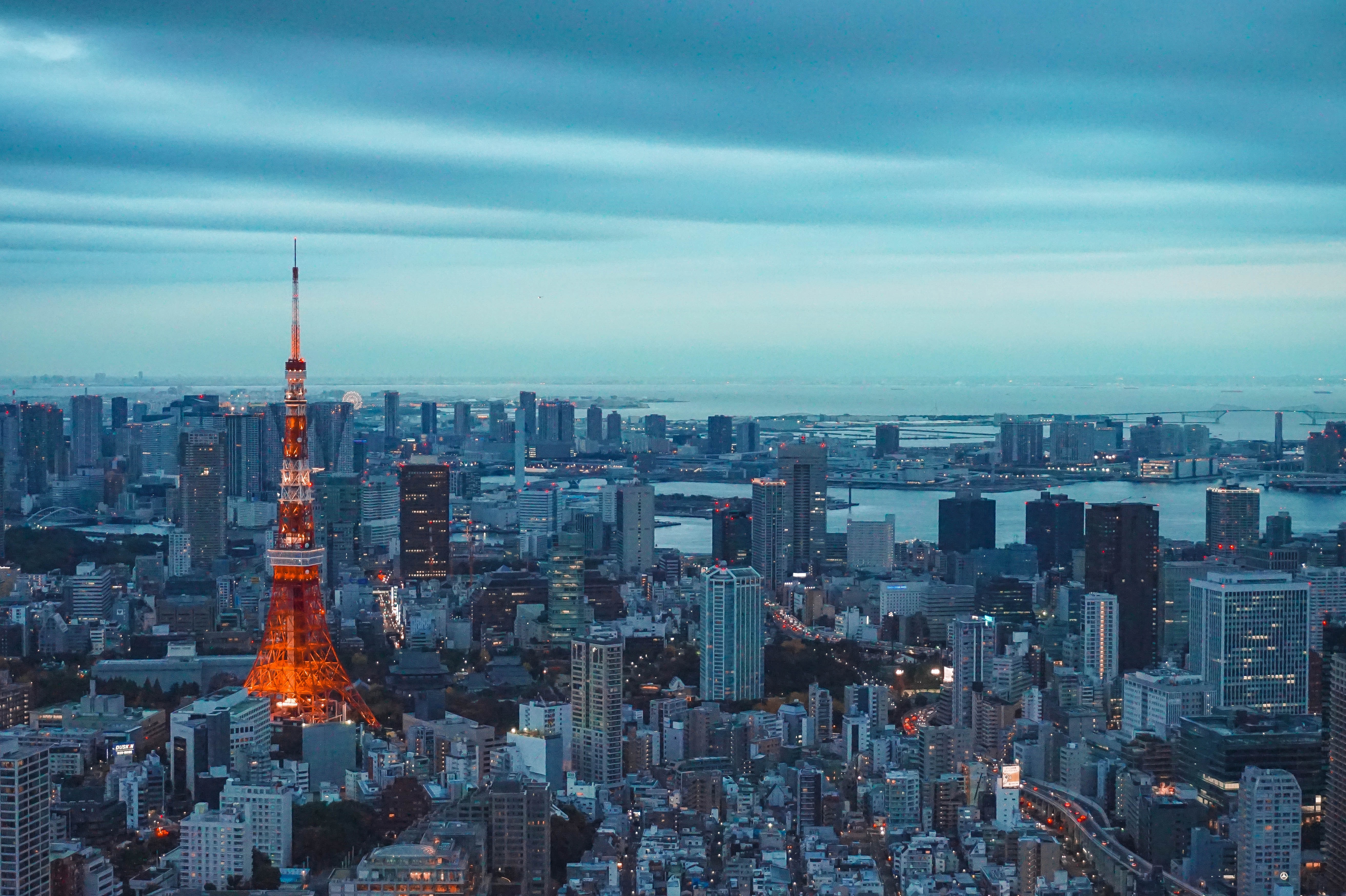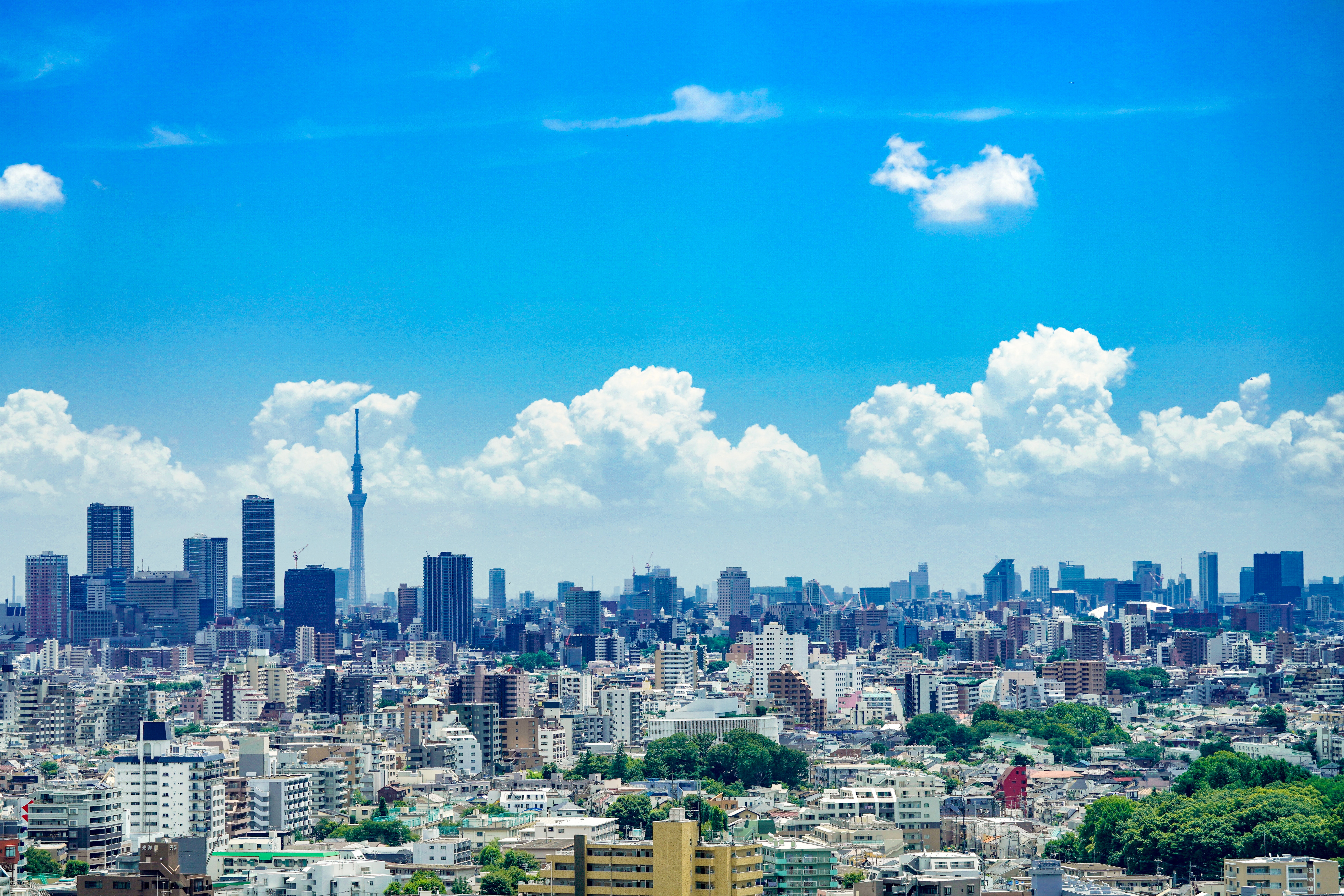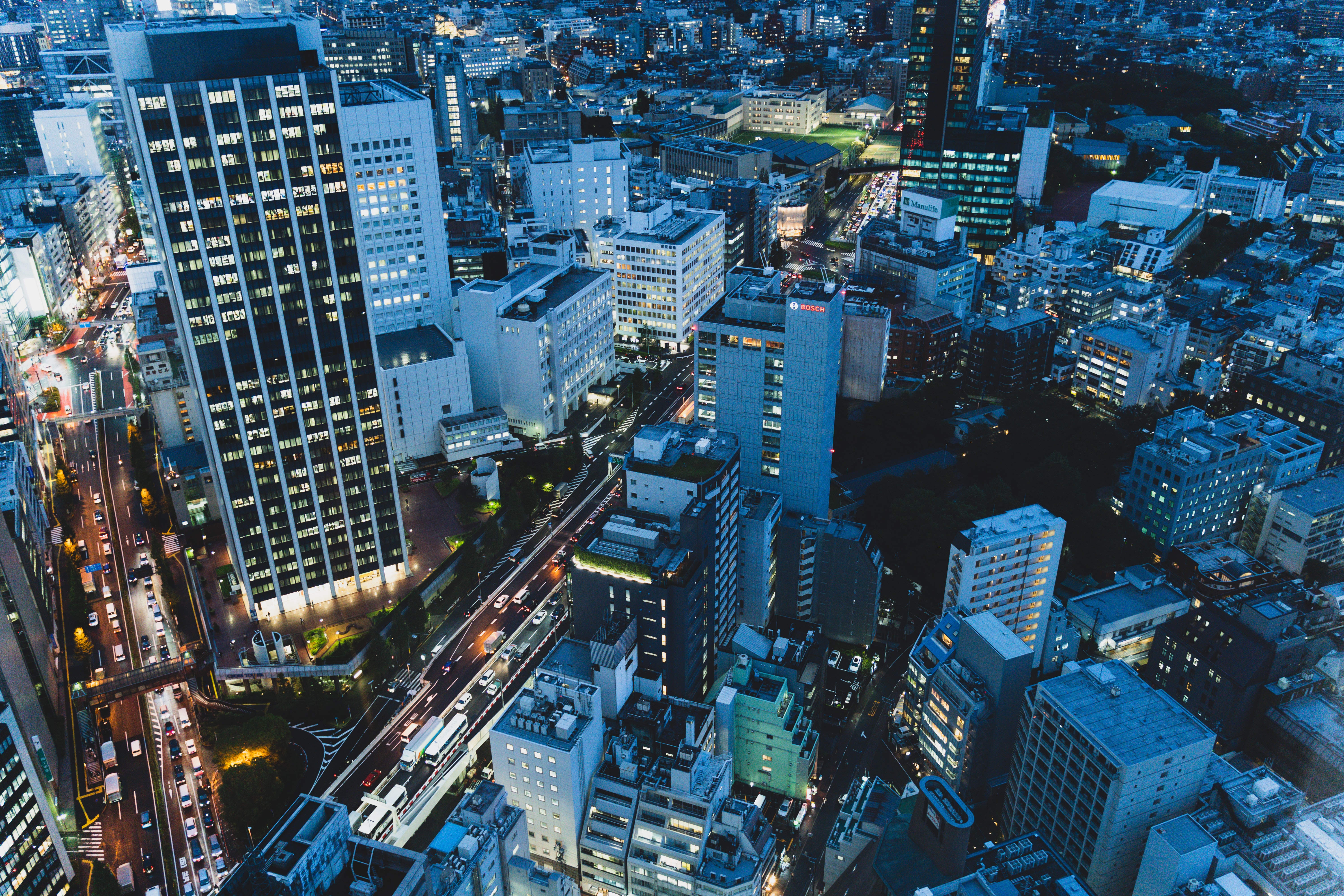
1. Introduction
Tokyo is the political, economic, cultural and educational center of Japan, as well as one of the four world-class cities traditionally. Tokyo City is located on the Kanto Plain, facing Tokyo Bay, with an area of 2,193 square kilometers, a population of 13.99 million (2020), and a GDP of $1022.6 billion (107.7 trillion yen) in 2019.
Tokyo's key industries include finance, steel, shipbuilding, chemicals, electronics, electrical machinery, fibers, media, precision instruments, etc. Tokyo ranked second in the 2019 Innovation Cities Index released by Australia's 2thinknow research institute, with a strong industrial base and rich knowledge and human resources.
 Photo by Louie Martinez on Unsplash
Photo by Louie Martinez on Unsplash
2. Development of Innovation
(1) Innovative development strategy of Japan and Tokyo
A. Society 5.0: Society 5.0 is a social development goal proposed by the Japanese government. It refers to a new kind of society that comes from the social reform led by scientific and technological innovation, following the hunting society, farming society, industrial society and information society. Its guiding principle is human-centered. The concept is a comprehensive social information construction system to provide services and improve the quality of life. The comprehensive human-centered coverage is not only for industrial sectors, but also for transportation, medical care, nursing and other sectors related to people's livelihood. The main goal is to create new services and new value. According to the blueprint of Society 5.0, information and communication technology will be greatly developed in the future. Things, which used to function independently in the past, will be connected by the system through the Internet. By coordinating independent systems in different fields, the scope of self-regulation and automation will be expanded, and new values will be generated in various fields of society when changing the way people work and live. Its supporting technology is the integration of network space technology and physical space technology. To build society 5.0, we need to connect all kinds of "things" through the Internet and promote the joint coordination of many different systems while highly systematizing them. To achieve cross-domain applications between jointly coordinated systems while generating new value and services, it is necessary to interconnect cyberspace and physical space. In addition, since Society 5.0 is a human-centered society, to support the development of the technological fields related to cyberspace and physical space, it needs to make continuous efforts in the basic research fields such as raw materials and nanotechnology, photonic technology, quantum technology and sensor technology, while developing the technological fields closely related to human and society such as cognitive science and brain science.
B. “Connected Industries”: Japan's "connected industry" emphasizes "creating new added value by connecting people, equipment, systems and technologies." Strategic Implementation for Connected Industries- IVRA Next released by Industrial Value Chain Initiative, has put forward Industrial Value Chain Reference Architecture-Next (IVRA-NEXT), as the action guide for the Japanese industry to develop connected industries. So far, in Japan, more than 180 organizations have participated, including more than 100 enterprises, and the framework for Japanese enterprises to work together for intelligent manufacturing has been formed. When planning to coordinate among different enterprises, IVI has established a pragmatic approach, which is to design an ecological collaborative platform for the manufacturing operation of interconnected enterprises with "loosely defined standards", and transform the existing advanced manufacturing system at a realistic and feasible pace, rather than carefully building a very complex target model first. The basic starting point is: in order to cooperate with other connected enterprises, it is necessary to define several communication platforms, knowledge sharing standards, and data models in advance. At the same time, risk of enterprises with more advanced technologies losing their competitiveness should be avoided, when they have to adjust their high-tech characteristics, in order to adapt to the common technology and process.

Photo by Ryo Yoshitake on Unsplash
(2) The Subjects of Innovative Development
A. Government: Japanese Science and Technology Agency (JST) under the Ministry of Education, Sports, Science and Technology (MEXT) implements regional research and development support plan. The Ministry of Economy, Trade and Industry (METI) is responsible for promoting the local industry-university-research cooperation plan, setting up research and development centers composed of local backbone enterprises, small and medium-sized enterprises, universities and scientific research institutions with advantages in research and development, to carry out research and development in advanced areas of local industries and build world-leading heights of knowledge and technological innovation. Japan External Trade Organization (JETRO) is an independent administrative legal person, under the METI, committed to promoting trade, investment, innovation and entrepreneurship cooperation between Japan and the rest of the world. Tokyo SME is in charge of supporting innovation and entrepreneurship within the metropolitan area.
B. Institutions of Higher Learning: Tokyo accumulates up to 20% of universities, over 30% of faculty, and over 25% of non-governmental research institutions in Japan. Among them, national universities, represented by the University of Tokyo and Tokyo Institute of Technology, with a high level of basic research, have cultivated a large number of top scientists. The comprehensive strength of the University of Tokyo ranks first in Japan, for it has cultivated 9 Nobel Prize winners, exerted world-class academic influence in the fields of science, medicine, literature, engineering, political science and others, and kept the most advanced in the fields of civil engineering and architecture. Other prestigious universities such as the Tokyo Institute of Technology, Waseda University and Keio University also have strong basic research capabilities.
C. High Technology Enterprises: 50% of Japan's top technology companies are headquartered in Tokyo. In 2020, A total of 39 companies from Tokyo have entered the World's top 500, including Hitachi, SONY, Panasonic, KDDI, Fujitsu, Canon, Toshiba and other world-renowned high-tech multinational companies with strong technical strength. Tokyo Bay Area has two major industrial zones, Keihin and Keiyō. Keihin Industrial Zone, which focuses on electronic information and precision machinery manufacturing, accumulates NEC, Canon, Mitsubishi Electric, Mitsubishi Heavy Industries, Mitsubishi Chemical, Toyota Research Institute, SONY, Toshiba, Fujitsu and many other large companies and research institutes with technology research and development functions. The industrial output value accounts for 40% of the industrial output of Japan in total, making it an industrial research and development center in the Tokyo metropolitan area. Keiyō Industrial Zone mainly focuses on petroleum refining, steel and other industries. It is the world's largest liquefied petroleum gas reserve base and Japan's largest material and energy production base.
(3) Significant Innovation Cooperation Platforms
A. International Robert Exhibition (IREX): IREX has been successfully held for 23 years, after years of development and innovation, through specialization, marketization, internationalization, the brand operation, and has become an important window for the Japanese robot field to the world. Japan New Material Technology Exhibition, Japan Cleaning and cleaning Technology Exhibition, Surface processing technology exhibition, Machining and Elements exhibition, 3D printing technology exhibition, Japan mechanical device accessories Exhibition and other themes will be held at the same time. The exhibition covers industrial robots, service robots and related equipment parts, simulation and vision systems, small production robots, special robots and other related theme industries, a comprehensive display of industrial automation technology, industrial assembly and transmission technology, industrial robot machine and parts, machine vision industrial applications, AGV unmanned handling, intelligent factory solutions, and comprehensive solutions for industrial automation.
B. Combined Exhibition of Advanced Technology Japan (CEATEC Japan): CEATEC JAPAN is co-hosted by Japan Electronics and Information Technology Industries Association (JEITA), Communication and Information Network Association of Japan (CIAJ), Japan Personal Computer Software Association (JPSA), displaying new technologies, products, systems and software from major Japanese electronics companies, as well as electronic components, equipment, services and content to experience the world's cutting-edge technologies. At the same time, a series of forums and seminars were launched to track the forefront of technology development and focus on the key technology of the industry. The exhibition has become the most advanced, largest, and widest range of products in the field of electronics in Asia and Japan.

Photo by Fabio Sasso on Unsplash

